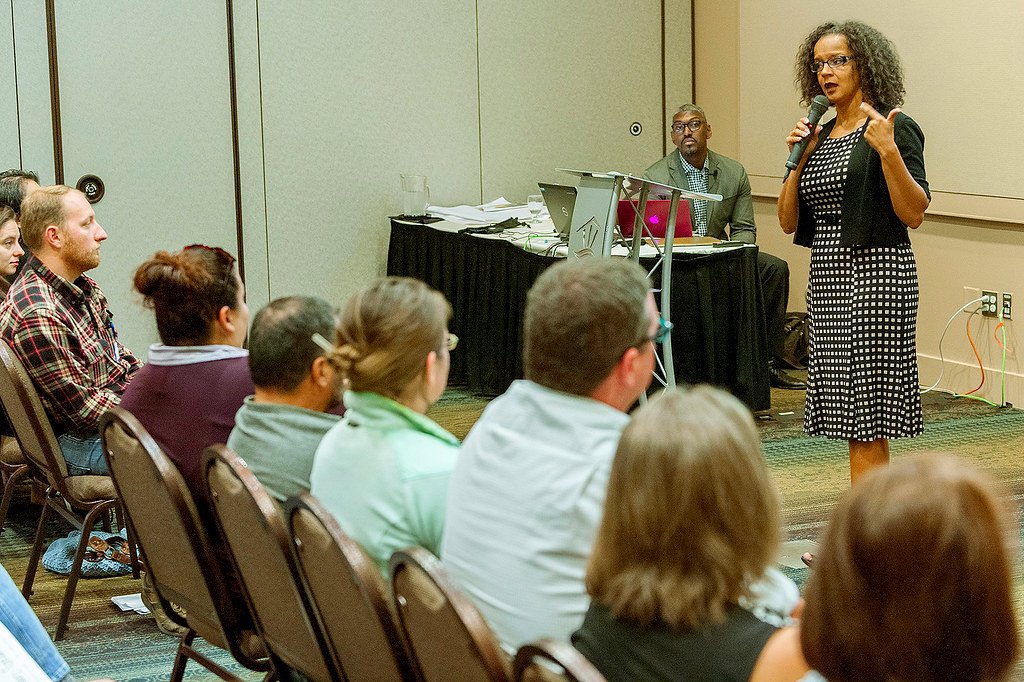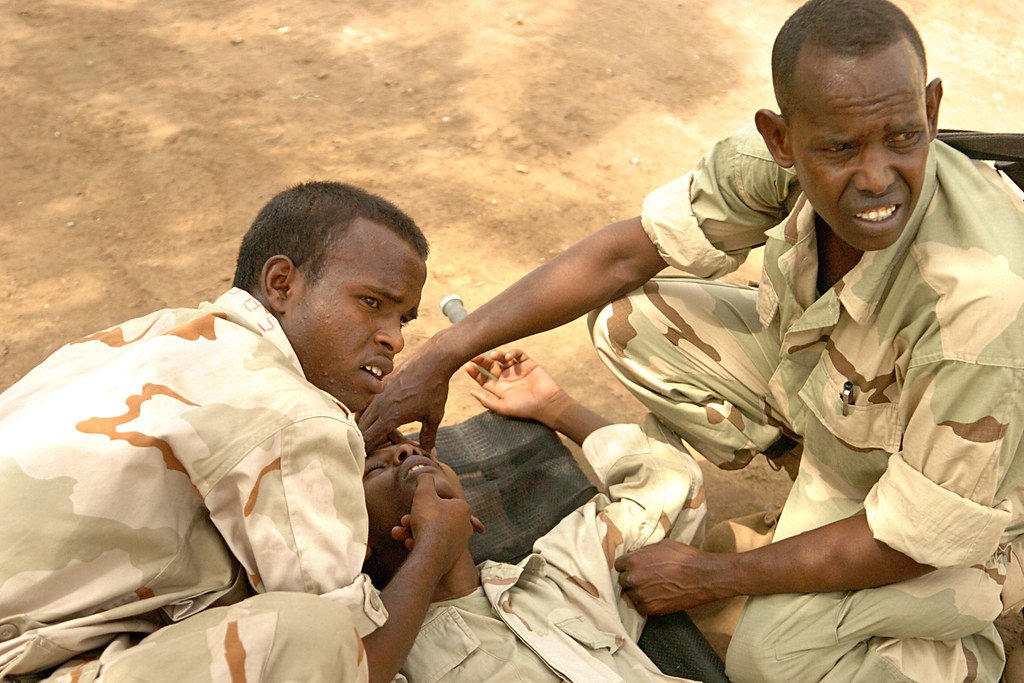When Maria’s grandmother suffered a heart attack, the treatment that saved countless white men in clinical trials nearly killed her. The medication dosage, tested predominantly on one demographic, proved dangerously high for her smaller frame and different metabolism. This isn’t just Maria’s story – it’s a reality millions face daily because of a problem hiding in plain sight within our medical system.
The Invisible Crisis in Modern Medicine

Did you know that until 1993, women were systematically excluded from most clinical trials in the United States? The reasoning seemed logical at the time – hormonal fluctuations might “complicate” results. But this shortsighted approach created a massive blind spot that still haunts medicine today. We’ve built our entire understanding of diseases and treatments on a foundation that represents only a fraction of humanity. The consequences ripple through every prescription written, every surgery performed, and every life saved or lost.
When One Size Fits None

Picture this: you’re buying shoes based solely on measurements taken from left feet of tall men. Sounds ridiculous, right? Yet that’s essentially what happened in medical research for decades. Heart disease, long considered a “man’s disease,” kills more women than men annually, but symptoms in women often go unrecognized because they don’t match the “textbook” presentation derived from male-dominated studies. Women experiencing heart attacks frequently report fatigue, nausea, and back pain instead of the crushing chest pain that doctors are trained to recognize. This knowledge gap literally costs lives.
The Color of Clinical Research

The numbers tell a stark story. Despite making up nearly 40% of the U.S. population, racial and ethnic minorities represent only about 20% of clinical trial participants. This disparity becomes even more troubling when you consider that many diseases affect different populations in dramatically different ways. Sickle cell disease predominantly affects people of African descent, yet research funding and drug development have historically lagged behind conditions that affect primarily white populations. The message is clear: if you don’t look like the typical trial participant, the medicine might not work the same way for you.
Age Is More Than Just a Number

Here’s something that might shock you: the average age of participants in cancer clinical trials is about 15 years younger than the average age of people actually diagnosed with cancer. Elderly patients are routinely excluded from trials due to “complicating factors” like other health conditions or medications. But here’s the catch – most cancer patients are elderly and do have multiple health conditions. We’re testing treatments on healthy 50-year-olds and then prescribing them to frail 80-year-olds. It’s like testing a car’s safety features only on smooth highways and then wondering why accidents happen on winding mountain roads.
The Pediatric Puzzle

Children aren’t just small adults, yet for years, pediatric medicine operated on this dangerous assumption. Kids metabolize drugs differently, their organs develop at different rates, and their immune systems work in unique ways. The thalidomide tragedy of the 1960s, where a “safe” drug caused severe birth defects, led to even stricter exclusions of pregnant women and children from trials. While protecting vulnerable populations is crucial, this approach left pediatricians prescribing adult medications at reduced doses – essentially educated guessing with children’s lives at stake.
The Genetic Lottery

Your DNA isn’t just responsible for your eye color or height – it determines how your body processes medications. Some people are “rapid metabolizers” who burn through drugs quickly, while others are “poor metabolizers” who may experience toxic buildup from standard doses. These genetic variations occur at different frequencies across ethnic groups, but if your ancestry wasn’t represented in the original trials, doctors are flying blind when prescribing your treatment. It’s like having a recipe that works perfectly for one type of oven but causes disasters in all the others.
Mental Health’s Hidden Barriers

The mental health field faces its own diversity crisis. Depression manifests differently across cultures – some emphasize physical symptoms, others focus on spiritual distress. What looks like treatment-resistant depression in one population might actually be a cultural mismatch between the therapy and the patient’s worldview. Antidepressants tested primarily on white participants may not work the same way for Asian populations due to genetic differences in liver enzymes. Yet psychiatrists often increase doses or switch medications without considering these fundamental biological differences.
The Economic Equation of Exclusion

Clinical trials aren’t just about science – they’re expensive business ventures. Pharmaceutical companies often choose the path of least resistance, recruiting from populations that are easy to reach and likely to comply with study protocols. This business logic creates a vicious cycle: affluent, educated, predominantly white participants are easier to recruit, but the resulting drugs may not work for everyone else. The financial incentive to rush to market conflicts with the scientific imperative to test broadly, and guess who pays the price?
Geographic Blind Spots

Most clinical trials happen in major metropolitan areas near prestigious medical centers. But disease doesn’t respect zip codes. Rural populations face different environmental exposures, have different lifestyle factors, and often different genetic backgrounds than their urban counterparts. A treatment that works perfectly in Boston might fail miserably in rural Montana, not because of the medicine itself, but because the entire context is different. We’re testing urban solutions for universal problems.
The Language Barrier in Medicine

Imagine trying to accurately describe your symptoms in a language you barely speak, then understanding complex medical instructions about a clinical trial. Language barriers don’t just prevent participation – they can make participation dangerous. Informed consent becomes meaningless if you don’t truly understand what you’re consenting to. Many trials exclude non-English speakers not out of malice, but due to the cost and complexity of providing multilingual support. The result is a medical system that literally doesn’t speak the language of many patients it serves.
Technology’s Double-Edged Promise

Modern medicine increasingly relies on artificial intelligence and machine learning to make diagnoses and treatment recommendations. But here’s the terrifying part: these AI systems are trained on the same biased data from decades of non-diverse clinical trials. We’re not just perpetuating old biases – we’re turbocharging them with computer algorithms. An AI system trained primarily on white male heart attack presentations might consistently miss heart attacks in women or minorities. Technology was supposed to make medicine more precise, but it might be making disparities worse.
The Pregnancy Paradox

Pregnant women face a cruel medical paradox. They’re excluded from most clinical trials to protect fetal safety, but this means we have virtually no data on drug safety during pregnancy for most medications. When a pregnant woman develops depression, diabetes, or high blood pressure, doctors are forced to prescribe medications with little to no safety data. The very protection meant to keep mothers and babies safe may actually put them at greater risk by leaving physicians to make decisions in an information vacuum.
Rare Diseases and Forgotten Populations

If you have a rare disease, you’re fighting two battles: the disease itself and the medical system’s indifference. Rare diseases affect small populations, making them financially unattractive for large pharmaceutical companies. But “rare” is relative – a disease might be rare globally but common in specific ethnic groups. Tay-Sachs disease is rare overall but more common in Ashkenazi Jewish populations. When research focuses on the biggest markets, these communities get left behind, sometimes for generations.
The Trust Deficit

The shadow of medical abuse looms large over clinical trial recruitment. From the Tuskegee syphilis study to forced sterilizations, minority communities have legitimate reasons to distrust medical research. This historical trauma creates a self-perpetuating cycle: communities most in need of representation are least likely to participate due to justified suspicion. Rebuilding trust isn’t just about better recruitment strategies – it requires acknowledging past wrongs and fundamentally changing how research is conducted and communicated.
Insurance and Access Inequities

Clinical trials often require frequent visits, extensive testing, and flexible schedules. Participants need reliable transportation, time off work, and often childcare arrangements. These requirements automatically exclude many working-class individuals, single parents, and those without comprehensive health insurance. The cruel irony is that clinical trials often provide access to cutting-edge treatments that these excluded populations desperately need, but the system’s structure makes participation nearly impossible for those who could benefit most.
The Dosing Dilemma

Standard drug dosing often follows a one-size-fits-all approach based on average weights and metabolic rates from clinical trials. But “average” is a mathematical concept, not a biological reality. Asian populations often require lower doses of certain medications due to genetic differences in drug metabolism, while some African populations may need higher doses of blood pressure medications to achieve the same therapeutic effect. Without diverse trial data, doctors are essentially playing a dangerous guessing game with every prescription.
Global Health’s Local Impact

As clinical trials increasingly move to developing countries due to lower costs and less stringent regulations, a new form of medical colonialism emerges. Drugs tested on populations in Africa or Asia may not work the same way in American patients, but the reverse is also true. Treatments developed for Western populations might prove ineffective or even harmful when applied globally. This geographical shifting of trials might reduce costs, but it doesn’t solve the fundamental problem of ensuring treatments work for everyone who needs them.
The Future of Inclusive Medicine

Change is coming, but slowly. The FDA now requires diversity action plans for clinical trials, and some companies are investing in community partnerships to improve recruitment. Digital health tools might help reach underserved populations, while genetic testing is beginning to personalize dosing recommendations. But these advances mean nothing if they don’t reach the communities that need them most. The question isn’t whether we can create more inclusive medicine – it’s whether we have the will to do it fast enough to help the millions currently underserved by our biased system.
Your Health in Your Hands

The next time you receive a prescription or medical recommendation, remember that it might be based on data from people who look nothing like you. Ask questions about whether the treatment has been tested in your demographic group. Advocate for yourself, especially if you’re experiencing unusual side effects or if standard treatments aren’t working. Consider participating in clinical trials if you’re eligible – your participation could literally save lives like yours in the future. The medical system won’t fix itself, but an informed, engaged public can force the changes we desperately need.
The lack of diversity in clinical trials isn’t just a statistical problem or an abstract issue of fairness – it’s a daily reality affecting millions of people who don’t fit the narrow mold of traditional medical research. Every woman whose heart attack goes unrecognized, every child receiving adult medications at reduced doses, every elderly patient excluded from cancer trials represents a failure of our medical system to serve all patients equally. The good news is that awareness is growing, regulations are tightening, and some pharmaceutical companies are finally recognizing that inclusive research isn’t just morally right – it’s good business. But change can’t come fast enough for those whose lives hang in the balance. Did you realize how much your own medical care might be based on research that never included someone like you?




